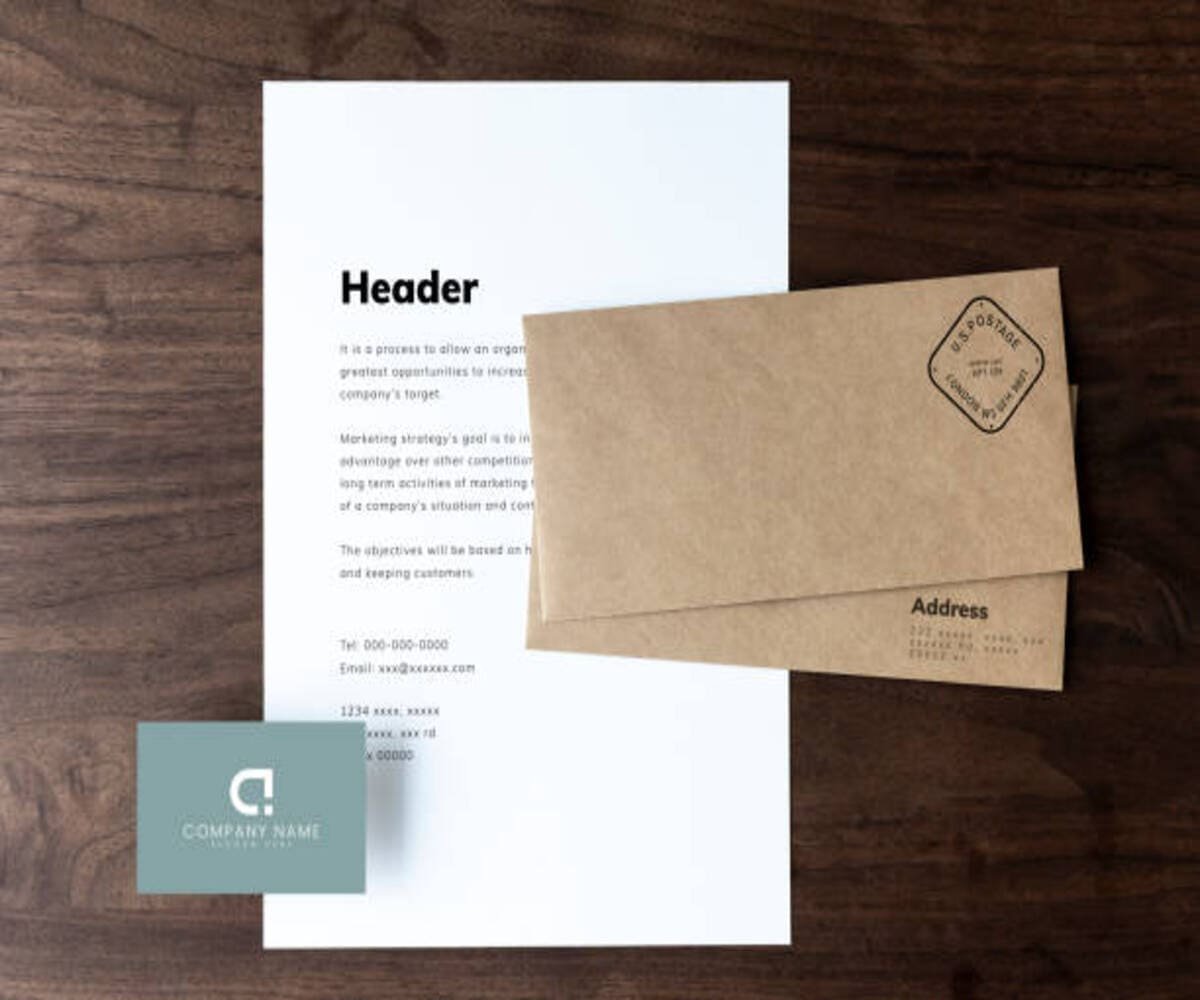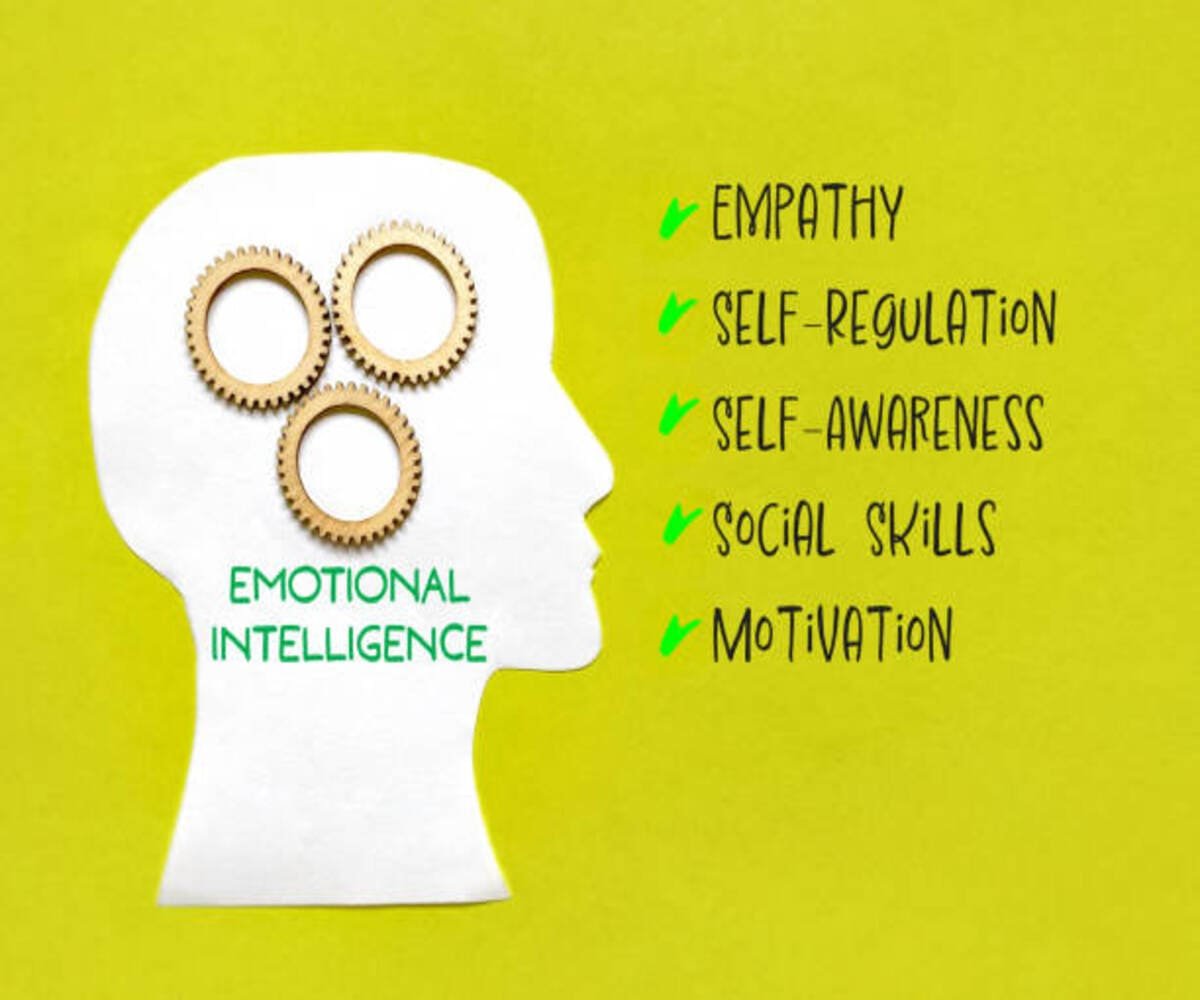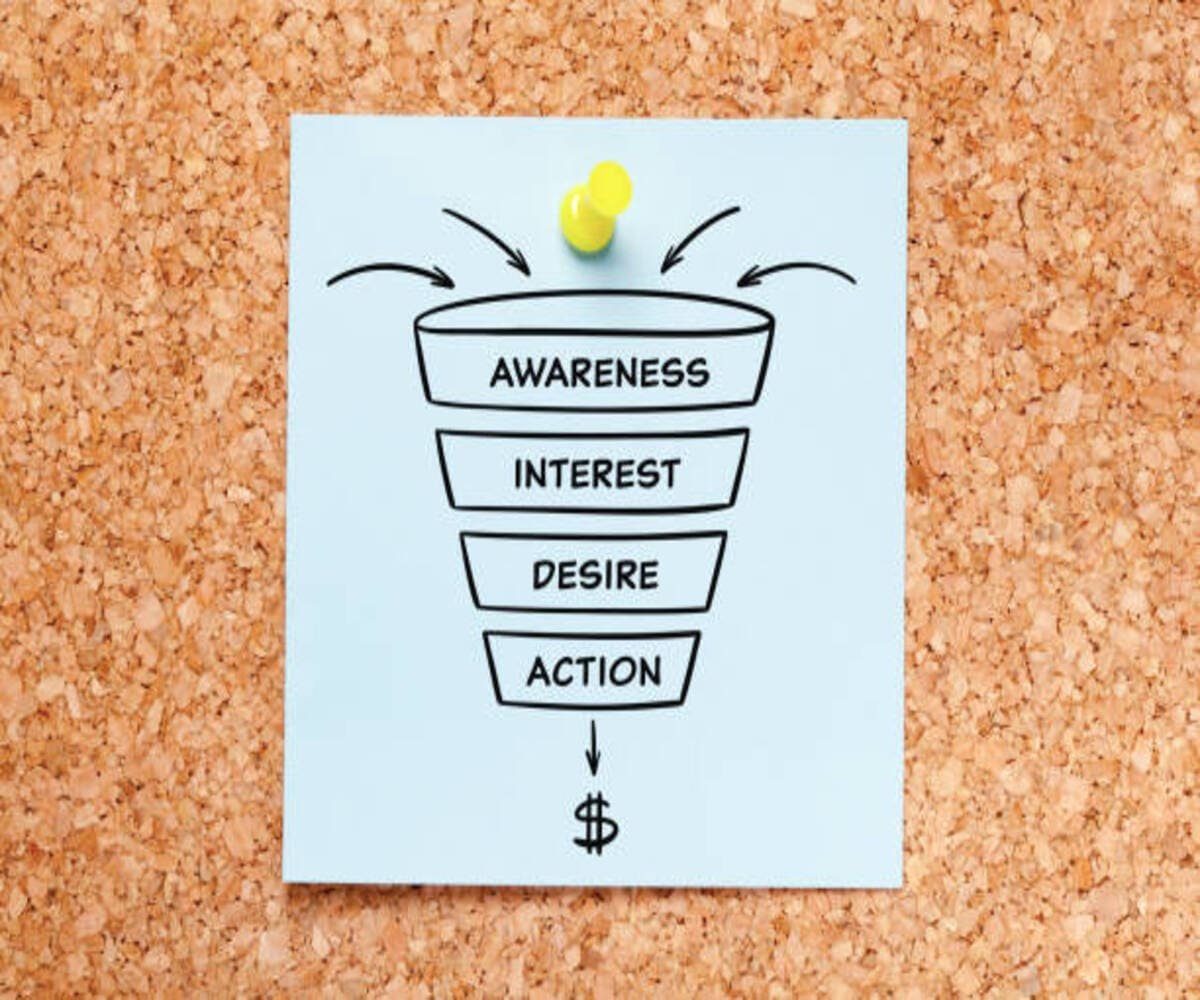Introduction
A well-crafted cover letter is a powerful tool that can set you apart from other job applicants. While a resume highlights your qualifications and experience, a cover letter provides an opportunity to showcase your personality, enthusiasm, and motivation for the job. HR professionals value personalized, concise, and compelling cover letters that demonstrate why a candidate is a perfect fit for the role.
Key Learning Objectives
- Understand the Purpose of a Cover Letter – Learn why cover letters matter and how they add value to your job application.
- Structure a Winning Cover Letter – Organize content strategically to create a strong impact.
- Personalize Your Application – Tailor your letter to each specific job role to make it stand out.
- Highlight Key Skills & Experiences – Showcase strengths and achievements that are relevant to the position.
- Avoid Common Mistakes – Learn the most frequent errors candidates make and how to fix them.
1. Understanding the Purpose of a Cover Letter
A cover letter serves as a bridge between your resume and the job you are applying for. It allows you to express your enthusiasm and provide additional context that your resume alone cannot convey.
a. Why Cover Letters Matter
- They demonstrate your interest in the company and position.
- They provide a chance to showcase your communication skills.
- They allow you to connect your experience and aspirations with the employer’s needs.
b. What HR Professionals Look For
- Clear, concise, and error-free writing that maintains professionalism.
- A compelling story that explains why you are the right fit.
- A customized approach that shows you have done your research on the company and role.
2. Structuring a Winning Cover Letter
A well-structured cover letter ensures easy readability and engagement.
a. Key Sections of a Cover Letter
- Header – Includes your contact information, date, and the recipient’s details.
- Salutation – Address the letter to a specific hiring manager, if possible.
- Opening Paragraph – A compelling introduction that grabs attention and states the job you’re applying for.
- Body Paragraphs (1-2) – Explain how your experience aligns with the job requirements.
- Closing Paragraph – Reiterate your enthusiasm and include a call to action.
- Signature – End with a professional closing statement, such as “Best regards” or “Sincerely.”
b. Writing an Attention-Grabbing Introduction
- Begin with a strong hook that captures the reader’s interest.
- Clearly mention the specific job title and company name.
- Briefly explain what excites you about the opportunity and how you align with the role.
3. Personalizing Your Application
Personalization makes your cover letter stand out. Hiring managers can easily spot a generic letter, so taking time to customize each application is crucial.
a. Tailoring the Letter to the Job Description
- Use keywords and phrases from the job listing to align with the role.
- Highlight how your skills, experience, and achievements fit the position’s requirements.
- Address the company’s mission, values, and culture, showing your alignment with their goals.
b. Addressing the Hiring Manager
- If a contact name is provided, address the letter to that person for a personal touch.
- If no name is available, opt for “Dear Hiring Manager” instead of generic greetings like “To Whom It May Concern.”
4. Highlighting Key Skills & Experiences
Your cover letter should not simply repeat your resume but should provide deeper insights into your expertise and contributions.
a. Showcasing Your Achievements
- Use specific examples to illustrate your qualifications.
- Quantify your accomplishments whenever possible (e.g., “Led a team that increased sales by 30%”).
- Explain how your past experiences make you a strong candidate for the job.
b. Connecting Your Experience to the Job
- Demonstrate how your previous roles have prepared you for the current opportunity.
- Highlight transferable skills that will be valuable in the new role.
- Show that you understand the company’s needs and how you can contribute to its success.
5. Avoiding Common Cover Letter Mistakes
Many candidates make simple yet critical errors in their cover letters. Avoiding these pitfalls can increase your chances of success.
a. Common Mistakes & How to Fix Them
- Using a generic letter → Always customize your cover letter for each job application.
- Making it too long → Keep it concise (one page max) to maintain interest.
- Repeating the resume → Provide new insights and context rather than restating your resume content.
- Spelling and grammar errors → Proofread carefully before submitting to ensure professionalism.
b. Best Practices for Final Review
- Read your cover letter aloud to check for flow and clarity.
- Have a mentor or career coach review it for feedback.
- Use AI tools or grammar checkers to catch any overlooked errors.
Conclusion
A strong cover letter can significantly improve your chances of landing an interview. By personalizing your content, showcasing your key skills, and avoiding common mistakes, you create a compelling application that resonates with recruiters and hiring managers.
For more expert insights on job applications, career growth, and HR best practices, explore SignifyHR’s learning resources today!
Write a standout cover letter and elevate your job search success!










